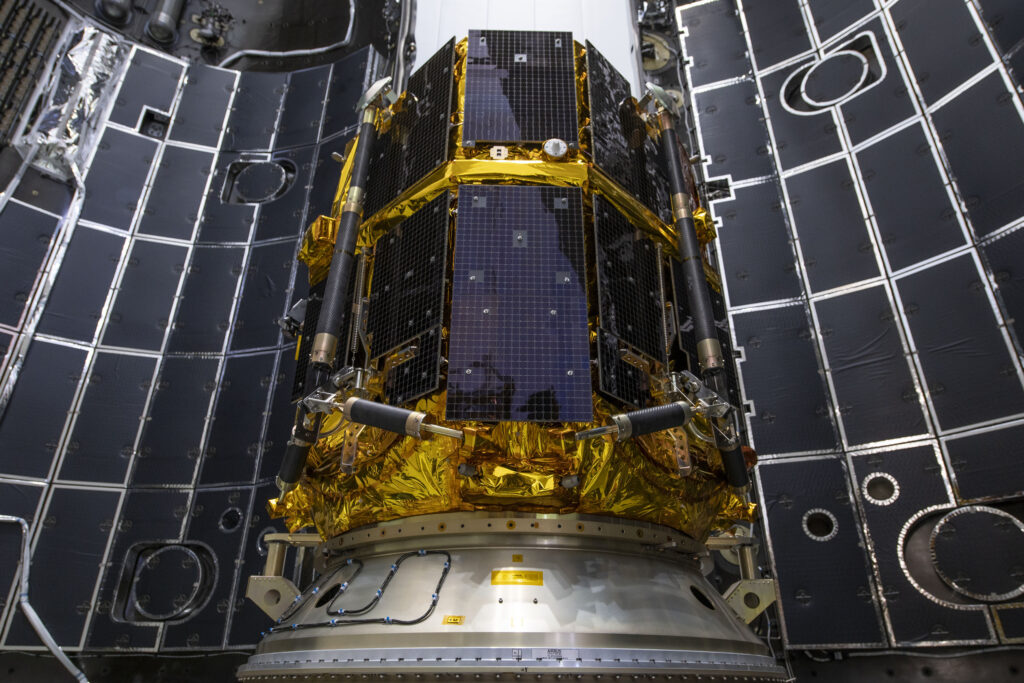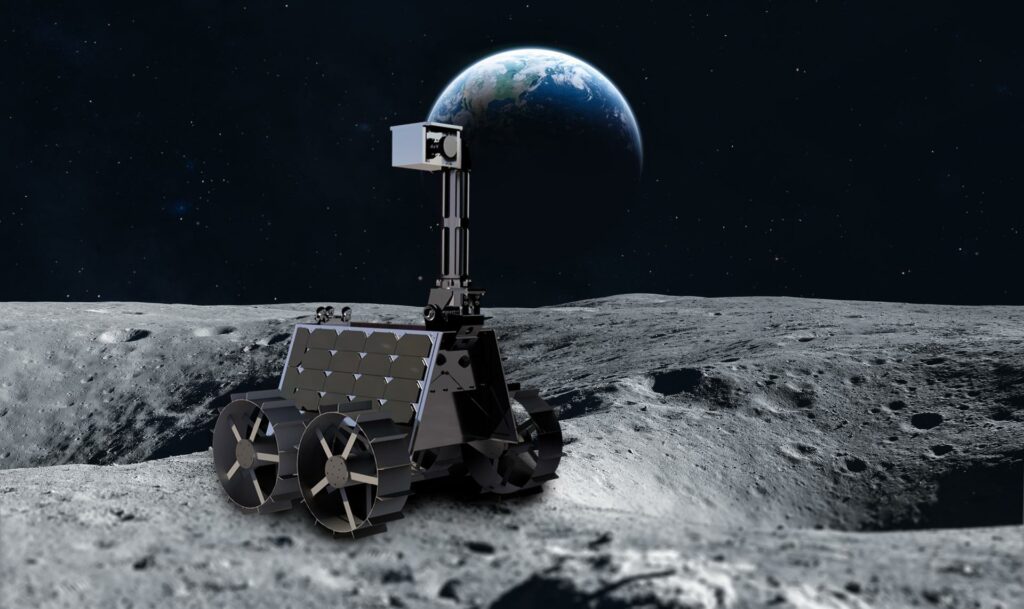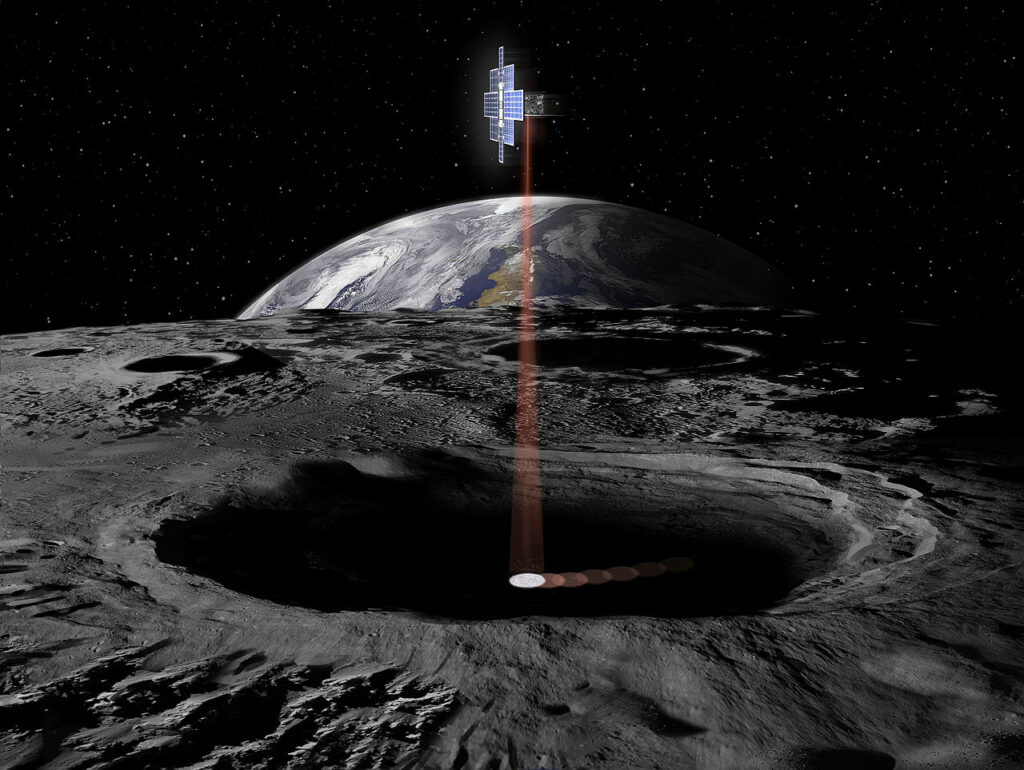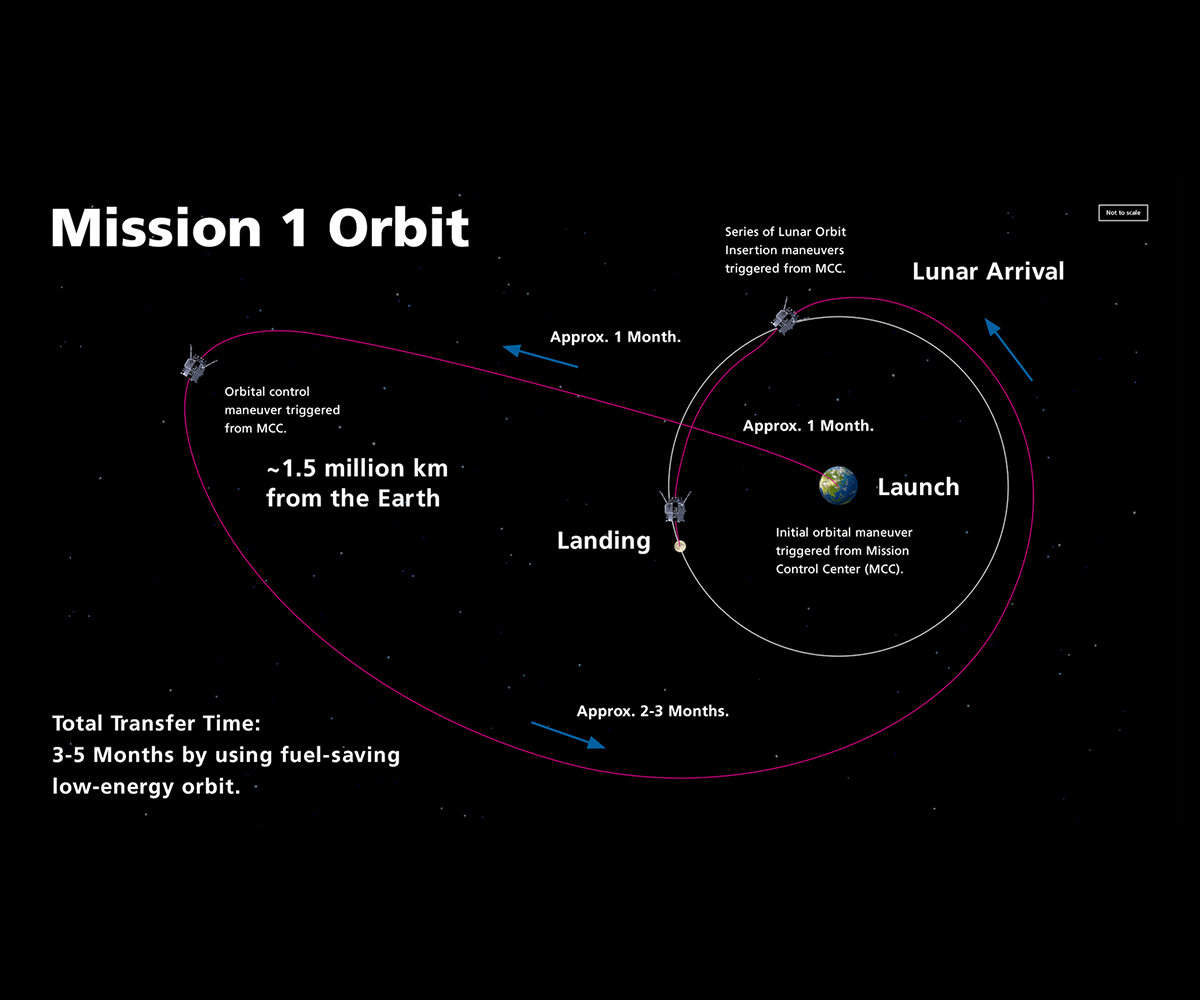On November 30, a Falcon 9 rocket will be launched from the Cape Canaveral cosmodrome. It will send the HAKUTO-R mission to the Moon. If successful, it can become the first ever private spacecraft to make a soft landing on the lunar surface.
HAKUTO-R mission targets
The HAKUTO-R device was built by the Japanese startup iSpace, which once participated in the Google Lunar X PRIZE competition. After the end of the competition, the team of engineers decided to continue working on the project. The device they created has a height of 2.3 meters, a width of 2.6 meters and a dry weight of 340 kg (1000 kg including fuel). It is capable of delivering a payload weighing up to 30 kg to the lunar surface.

The landing site of the HAKUTO-R should be the Atlas crater, an 87-kilometer impact formation located in the northern part of the visible side of the moon of our planet. It should be noted that initially it was reported that the device would land on the territory of the Lacus Somniorum — the lunar sea, which surface is formed by flows of frozen basalt lava. But later, engineers decided to change the landing site of the mission, motivating it with better lighting and communication conditions.
Arab rover and satellite to search for water on the Moon
In addition to a number of scientific instruments provided by both private and government customers, HAKUTO-R will also deliver the first ever Arab rover Rashid to the Moon. The 10-kilogram spacecraft was built by the Mohammed Bin Rashid Space Center (UAE). The rover’s scientific equipment includes two high-resolution cameras, a microscope, a thermal imaging system and a Langmuir probe.

“HAKUTO-R” and “Rashid” will not be the only cargo on board the Falcon 9. Together with them, a “companion” will go to the Moon — built by NASA specialists, the Lunar Flashlight cubesat. It will be placed in a polar orbit around the Moon. In the pericenter, the cubesat will approach the lunar surface by 20 km, in the apocenter — move away from it by 5 thousand km.

The main purpose of the device is to search for traces of water ice and volatile substances in the polar craters of the Moon. For this purpose, Lunar Flashlight is equipped with an infrared laser and a spectrometer. During the flight over the polar craters, the satellite will highlight their bottom with a laser. The spectrometer will analyze the light reflected from the lunar surface, which will determine its composition.
The first private spacecraft on the Moon?
The HAKUTO-R is not the first private spacecraft in history to fly to the Moon. In 2019, it became Bereshit, a probe built by the Israeli non-profit organization SpaceIL. However, the HAKUTO-R can establish another achievement and become the first private spacecraft in history to successfully land on the Moon (Bereshit crashed during landing due to loss of communication).

Intuitive Machines and Astrobotic companies, which are engaged in the creation of their own descent vehicles, also claim this. Their launches are scheduled for early next year. However, unlike the HAKUTO-R, they will fly to the Moon on a faster route. As for the Japanese spacecraft, it will be launched on a more fuel-efficient trajectory, which will ensure its entry into a selenocentric orbit three months after launch. If everything goes well, the device will land two weeks after that.
iSpace itself emphasizes that they are not chasing the championship, and their main task is to create an economically viable ecosystem. At the same time, it is obvious that if the company manages to be the first to carry out a successful private landing on the Moon, it will be a very good bonus.
The launch of the Falcon 9 from HAKUTO-R is scheduled to take place on November 30 at 10:39 a.m. GMT+2. Link to the live broadcast of the event:
Follow us on Twitter to get the most interesting space news in time
https://twitter.com/ust_magazine

